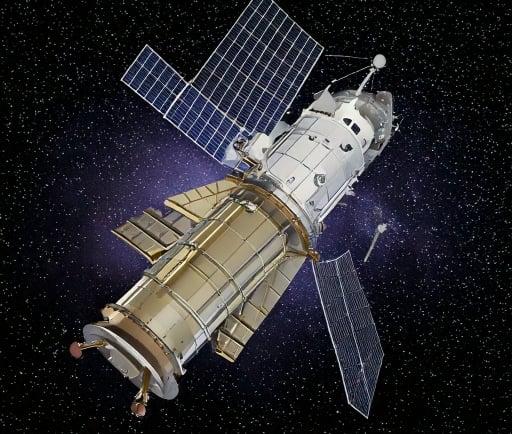The Legacy of Mariner 10: A Journey Through Mercury


Introduction to Mariner 10
The Mariner 10 spacecraft, launched by NASA in November 1973, marked a pioneering mission in our exploration of Mercury, the smallest planet in our solar system. This remarkable spacecraft had a journey that combined technical ingenuity with groundbreaking discoveries, ultimately changing our understanding of Mercury and its complex nature.
Final Contact and Mission Achievements
The last contact with Mariner 10 occurred at 12:21 UT on March 24, 1975. At this moment, the spacecraft had exhausted its supply of gas needed for attitude control, signaling the end of its operational journey. Despite this, the spacecraft significantly contributed to planetary science, having returned over 2,700 photographs during its three flybys of Mercury. These images provided detailed information about the planet's surface, revealing geological features and mapping approximately half of Mercury's surface for the first time. The findings laid the groundwork for our current understanding of Mercury's composition and landscape.
Impact on Planetary Science
Mariner 10's contributions extend beyond just imagery; it provided critical data on the planet’s surface temperatures, magnetic field, and atmosphere. Scientists utilized these insights to establish a new fundamental knowledge base regarding how terrestrial planets evolve. The mission not only highlighted the significance of Mercury within our solar system but also underscored the importance of space exploration in enhancing our understanding of cosmic phenomena.
Through its innovative design and pioneering mission objectives, Mariner 10 demonstrated the potential for future space missions, inspiring advances in technology and exploration methods. The exploration of Mercury shaped subsequent projects and laid the foundation for contemporary missions like MESSENGER, which orbited Mercury from 2004 to 2015.
Conclusion
The legacy of Mariner 10 lives on, reminding us of the indomitable spirit of exploration and discovery that defines humanity's quest for knowledge. Though it ceased communication on that distant March day in 1975, its findings continue to illuminate our understanding of Mercury and contribute to the overall narrative of planetary science. As we look toward the future of space exploration, we owe a significant debt of gratitude to the Mariner 10 mission and its indelible mark on astronomy and planetary science.
